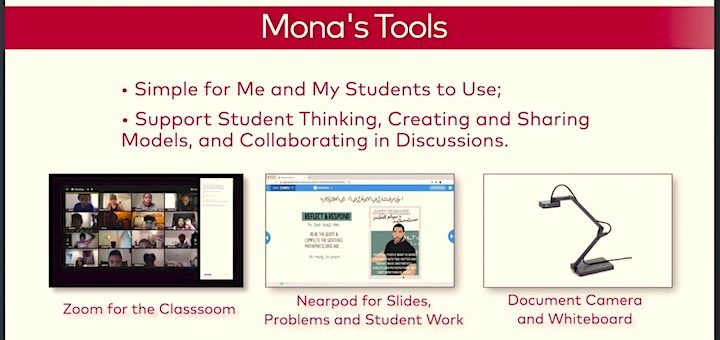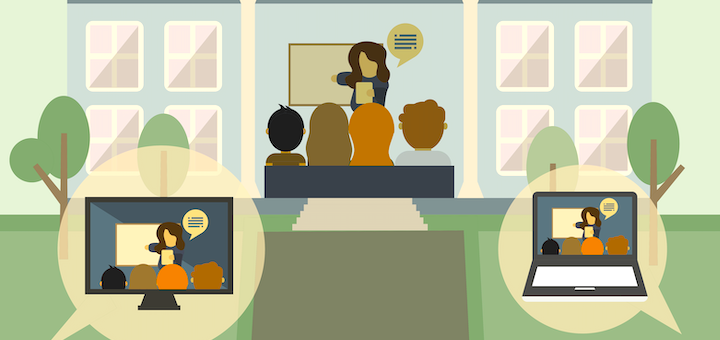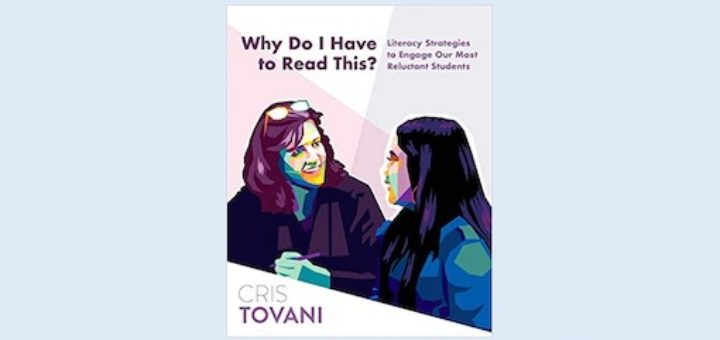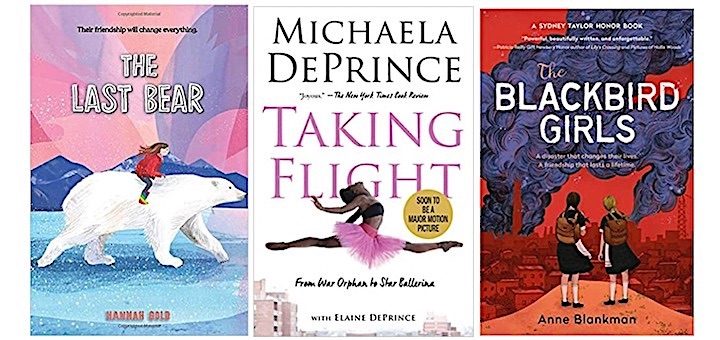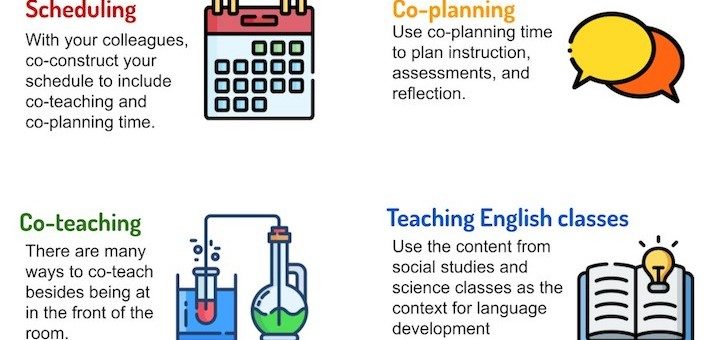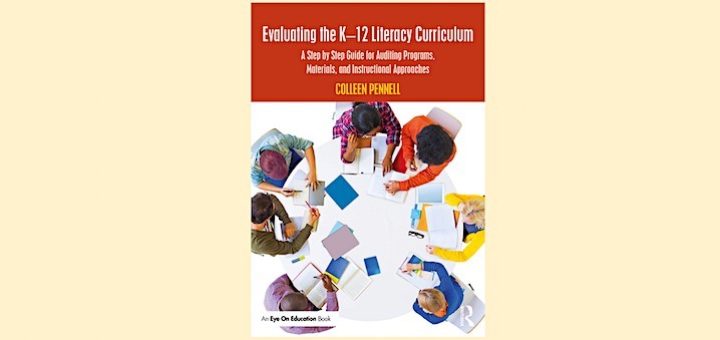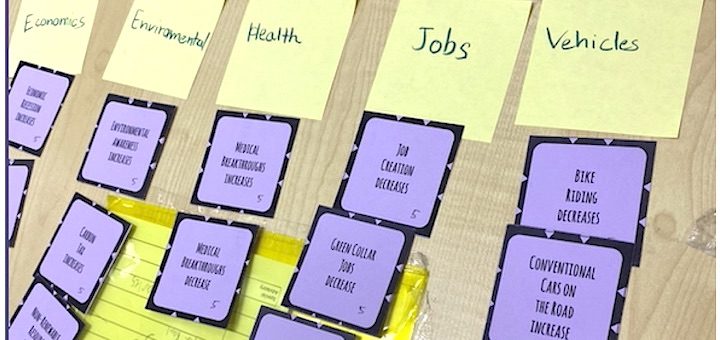Teaching and learning in grades 4-8
Pandemic teaching has led grades 5/6 math teacher Mona Iehl to adapt proven practices from her regular classroom for her virtual teaching. Using the Nearpod app, she prioritizes community building and discussion while simplifying lesson designs. Her video shows her strategies in action!
Middle schoolers share what they think teachers need to know about hybrid learning, with tips for improving learning in the mix of in-person and online classes. It’s the experiences at home – being heard, having time to use tech properly – that garner the most criticism.
Cris Tovani has written a true page turner to assist all teachers with literacy strategies that will captivate their most reluctant students. “Why Do I Have to Read This?” begins with insights into the many masks of reading resistance that students wear, says Linda Biondi.
For Ron Williamson and Barbara Blackburn the most important work principals can do is practice instructional leadership. Principals who invest time and attention on improving teaching can significantly impact student learning. See their 7 keys to constructive feedback.
To celebrate Women’s History Month, middle grades teacher Kasey Short offers a list of nonfiction and fiction books representing a wide range of girl’s and women’s voices and experiences. All students benefit from reading about smart, brave women who make positive impacts.
Professional books play an important role in every savvy educator’s growth and development. Podcasts can serve the same purpose, writes instructional leader Alex Valencic. Podcasts not only stimulate our thinking, they lead us to new authors and help us expand our PLNs.
Language specialist Tan Huynh offers co-teachers an orientation he never had, sharing what being a language specialist looks like at different levels and with various tasks. Veteran co-teachers may also find helpful tips if they move among elementary and secondary grades.
Evaluating the K-12 Literacy Curriculum is a valuable resource for facilitating teams through the overwhelming yet vital task of auditing programs, materials and instructional approaches, writes educator Abby Markley, noting its user friendly organization.
Online journaling offers students a place to document feelings, thoughts, and reactions to a variety of texts while they make personal, social and academic connections with their teacher. Rose and Walsh offer a process that can strengthen conferencing now and after Covid.
If we want kids to transfer and integrate their learning, they need thinking strategies they can apply in many situations. In her school, writes Megan Kelly, as students acquire ‘systems thinking’ skills, they begin to discover interconnectedness everywhere they look.

